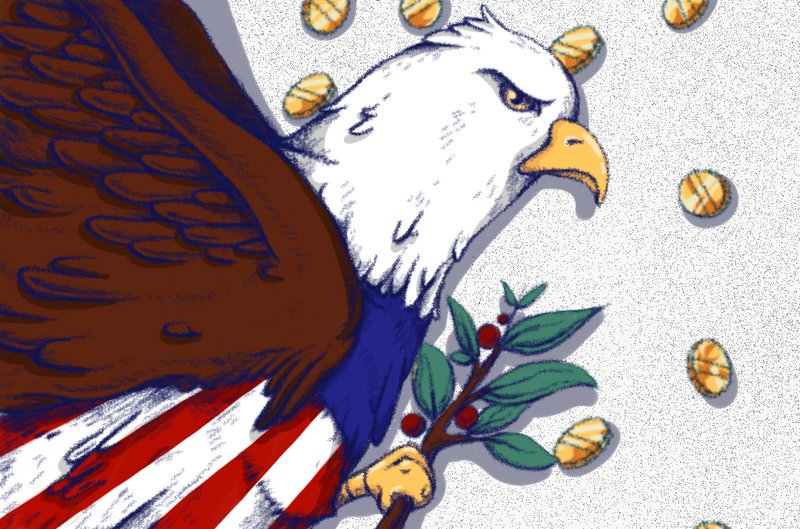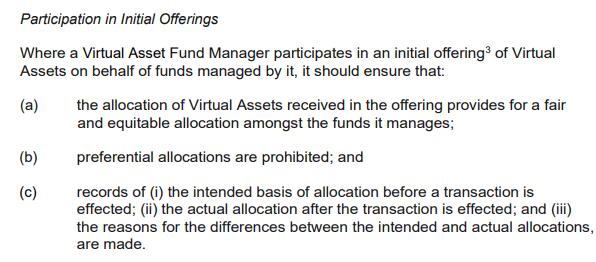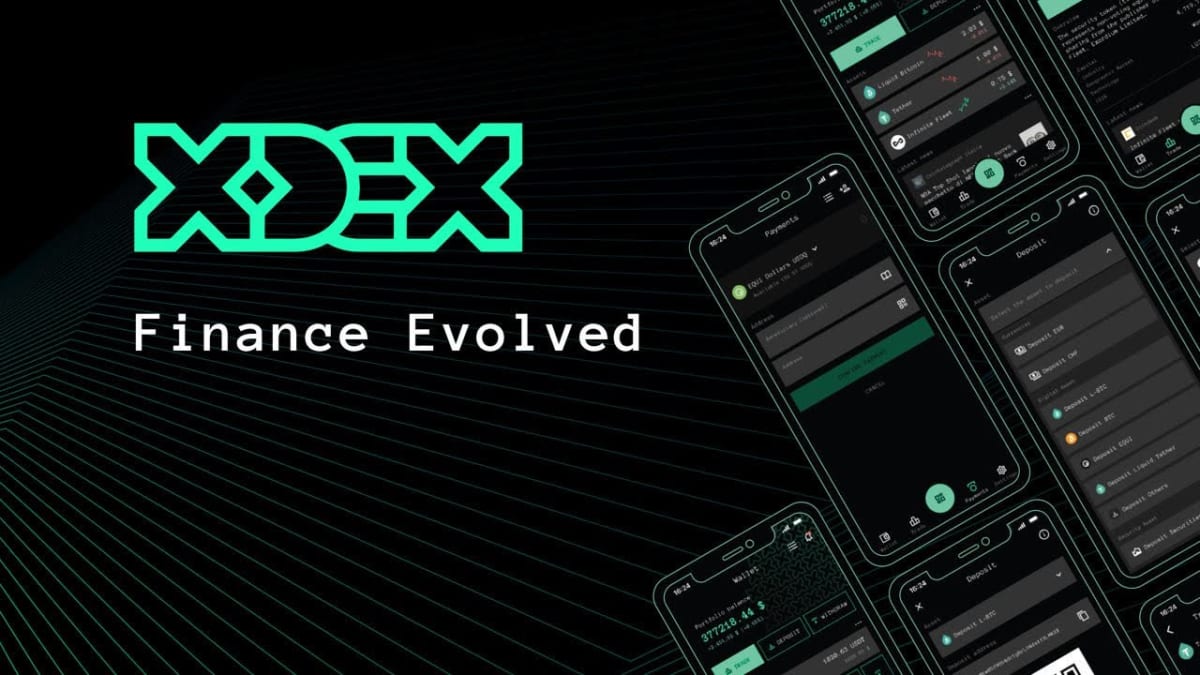How The New York Times Could Have Used Lightning To Make Millions Of Dollars
Had the publication accepted Lightning micropayments, the New York Times could have realized extensive returns.
This is an opinion editorial by Ram, a twenty year old student, soldier and storyteller.

To understand why the New York Times could have made so much more money last year, it’s worth appreciating micropayments in the context of the Lightning Network.
We usually think of Lightning as a Bitcoin scalability solution as it makes everyday payments in bitcoin viable. Essentially, Lightning is a protocol built on top of the main Bitcoin network, and here, transaction costs are significantly lower and payment speeds are much, much faster. In fact, Lightning is significantly more efficient than even Visa and Mastercard.
“The network (Lightning) can also process millions of transactions per second (TPS), which is far and above Visa’s capacity for approximately 25,000 TPS. Solana, another competitor in the fast and cheap payments space, can only do 60,000 TPS. So Lightning has a significant advantage here.” — Nat Eliason
And Lightning still has plenty of room to grow. While this technology is still maturing — for example, with regards to security, privacy and adoption — it demonstrates very strong network effects: As more people start using it, the cheaper and faster payments will get. And remember: they cost merely a fraction of a penny already!
One of the most exciting things this opens up is micropayments — there’s not been sufficient talk about how exciting this prospect is, both economically and culturally.
It’s impossible to send very tiny amounts of money in our traditional centralized payment systems. Depending on which service you’re using and where you’re sending to, you won’t even be able to send 10 cents digitally. And this is for good reason: Very tiny amounts don’t make sense because the transaction cost itself might be larger than the amount you’re sending.
Lightning, on the other hand, makes it possible to send these small amounts digitally. And since it’s a technology that exhibits network effects, costs will drop further as more people start using it. You can digitally send fractions on the penny today via Lightning, and you’ll probably be able to send even smaller amounts in the future.
Now, let’s get to The New York Times. To understand why the NYT could make 50% more from Lightning maturing, let’s do some simple math.
A few straightforward facts:
- The publication made $76 million in adjusted operating profit in the second quarter of 2022.
- Let’s estimate that the NYT made about $25 million in profit in one month in 2021.
- There were 125 million monthly global unique visitors to nytimes.com in 2021.
- It had about 9 million subscribers in the third quarter of 2022.
- Hence, let’s extrapolate that on average, there were 115 million visitors every month to the NYT who were non-subscribers in 2021.
- These non-subscribers can read a maximum of five articles every month.
(I’m going to be conservative with the math to not overstate how much the NYT would’ve earned in a scenario where a matured Lightning Network exists.)
Of these 115 million visitors, some read two articles, and some read the maximum of five. On average, each of these visitors ends up enjoying one article every month, and since it’s so easy and seamless to send tiny amounts of money to the NYT thanks to Lightning, every visitor could end up sending 10 cents that month. So that month, the NYT would have ended up making $11.5 million more. That’s 46% more in profit.
The math is elementary and imperfect, but it gets the point across: Micropayments open up a ton of potential. And their benefits don’t just end at helping content creators. They can also perpetuate cultural shifts and more, and I’ve put forth some examples below:
- Regular people being charitable.
I think that many more folks, even if they’re struggling themselves, would be happy to give $0.01 to the disabled kid playing the clarinet on the street — if such giving was both convenient and possible.
- Tipping bus drivers who are especially sweet.
- Teachers sending tiny amounts of money to students in the classroom who raise their hands and try to answer questions.
Kids who genuinely try get one cent, even if their answer is wrong. If a kid gets it correct, congratulations! He/she gets five cents. (Remember teachers giving chocolates to students who got questions right? Well, they can’t turn up with chocolates all the time, so micropayments might be viable substitutes!) You might end up seeing a lot more hands in the air!

So now, try to extrapolate how many industries and sectors such micropayments could benefit and the subsequent contributions to GDP. Imagine NYT employees seeing their salaries go up. Imagine them then spending this money on new things. And then imagine the salaries of the people they bought from going up, too. And the process repeats, and here, we see economists’ beloved multiplier effect, which is amazing for the economy.
Micropayments prompt spending in a completely new way, so to Bitcoiners: next time you explain Lightning, don’t forget to talk about micropayments! It’s probably easier to digest than “scalability.”
And to economists skeptical of bitcoin: I’d think that you’d love something like this because it encourages spending. So, are you getting any softer on bitcoin yet?

This is a guest post by Ram. Opinions expressed are entirely their own and do not necessarily reflect those of BTC Inc or Bitcoin Magazine.









